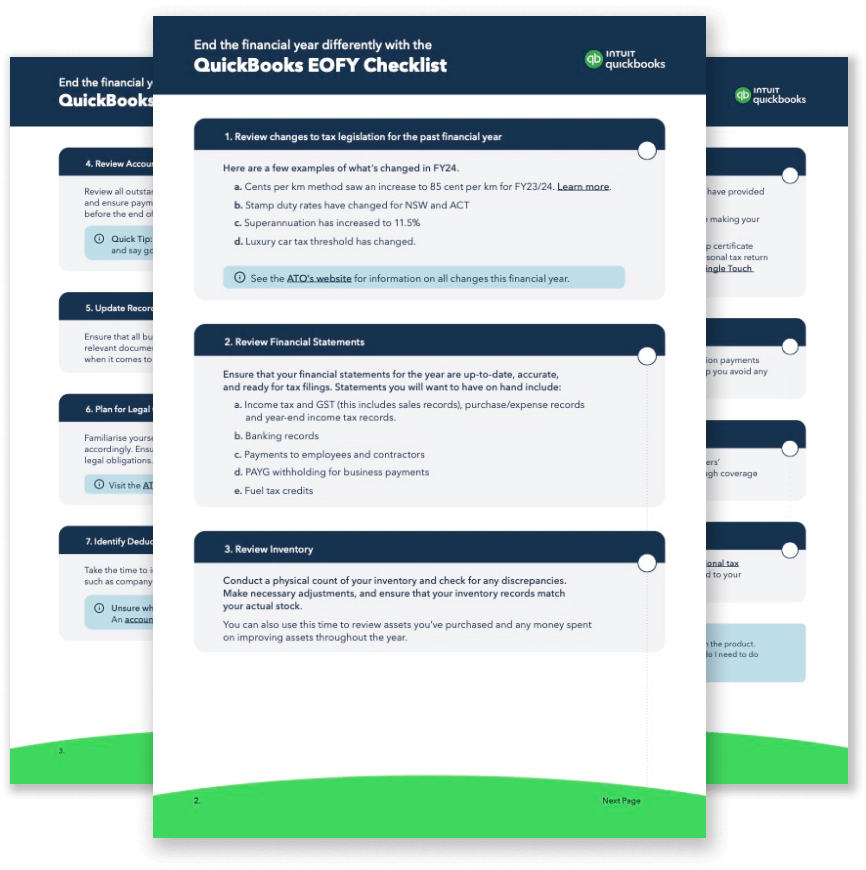What is Gross Profit ?
Gross Profit (Definition)
Gross profit is a financial metric that represents the difference between revenue generated from sales and the cost of goods sold (COGS). In simpler terms, it's the amount of money a company makes from its core business operations before deducting other expenses like operating costs, taxes, and interest.
To calculate gross profit, you subtract the cost of goods sold (which includes expenses like raw materials, labor, and manufacturing overhead) from total revenue. This figure is often used by businesses to assess their profitability at the most fundamental level, showing how efficiently they're producing and selling their products or services.
1. **Revenue**: This is the total amount of money generated from sales of goods or services. It's often referred to as the "top line" because it appears at the top of a company's income statement. Revenue can come from various sources, such as sales of products, services, or even interest earned on investments.
2. **Cost of Goods Sold (COGS)**: COGS represents the direct costs associated with producing or purchasing the goods that a company sells. This includes expenses like raw materials, labor directly involved in production, and manufacturing overhead. For service-based businesses, COGS may include the cost of providing the service, such as labor or materials directly related to service delivery.
3. **Gross Profit Calculation**: Gross profit is calculated by subtracting COGS from total revenue. The formula is:
Gross Profit = Revenue - Cost of Goods Sold
For example, if a company's revenue from selling products is $500,000 and its COGS is $300,000, then its gross profit would be $500,000 - $300,000 = $200,000.
4. **Significance**: Gross profit is a key indicator of a company's ability to generate profit from its core business activities. It reflects how efficiently a company is managing its production and sales processes. A higher gross profit margin indicates that a company is effectively controlling its production costs relative to its revenue, while a lower margin may suggest inefficiencies or pricing pressures.
5. **Comparison**: Gross profit is often compared with operating profit and net profit. Operating profit takes into account additional operating expenses such as sales, general, and administrative expenses (SG&A), while net profit further deducts non-operating expenses like interest and taxes. These metrics provide a more comprehensive view of a company's overall profitability.
6. **Analysis of Gross Profit Margin**: Gross profit margin, expressed as a percentage, is another important aspect. It is calculated by dividing gross profit by revenue and then multiplying by 100 to get the percentage. The formula is:
Gross Profit Margin = (Gross Profit / Revenue) * 100%
For example, if a company's gross profit is $200,000 and its revenue is $500,000, then the gross profit margin would be ($200,000 / $500,000) * 100% = 40%.
Gross profit margin is a critical metric as it indicates the percentage of revenue that exceeds the costs of goods sold. It provides insight into how efficiently a company is managing its production costs relative to its revenue.
7. **Interpretation of Gross Profit Margin**: A high gross profit margin indicates that a company is effectively controlling its production costs and/or commanding higher prices for its products or services. It suggests strong profitability at the core operational level. Conversely, a low gross profit margin may indicate challenges in managing production costs or pricing pressure from competitors.
8. **Comparative Analysis**: Gross profit margin can be compared across different periods or with competitors in the same industry to assess relative performance. Analyzing trends in gross profit margin over time can reveal changes in efficiency, pricing strategies, or market conditions.
9. **Impact on Decision Making**: Understanding gross profit is crucial for strategic decision-making. For example, if a company's gross profit margin is declining, management may need to evaluate cost-saving measures, adjust pricing strategies, or seek opportunities to increase operational efficiency.
10. **Investor Perspective**: Investors often consider gross profit margin when evaluating the financial health and profitability of a company. A consistently high gross profit margin may indicate a competitive advantage or strong market position, whereas a declining margin could raise concerns about the company's ability to maintain profitability.
In summary, gross profit and its related metrics provide valuable insights into a company's operational efficiency, profitability, and competitiveness in the market. It serves as a foundational measure for assessing financial performance and guiding strategic decision-making.






